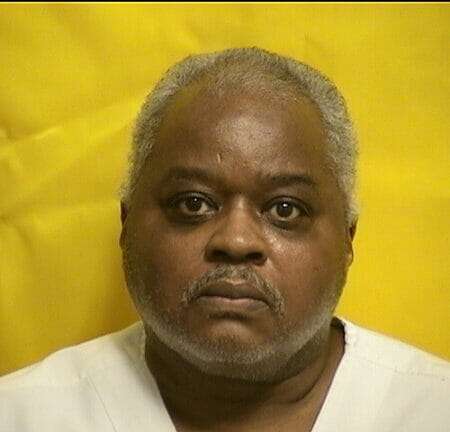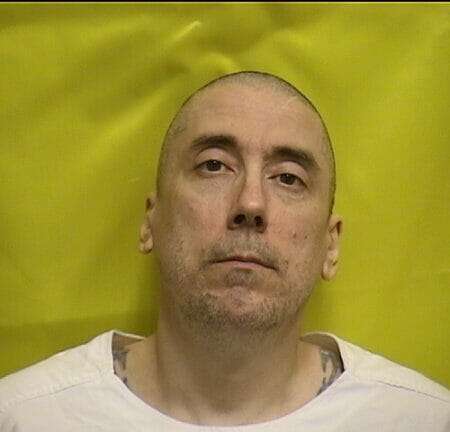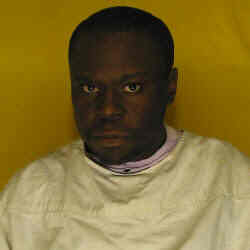
Davel Chinn was sentenced to death by the State of Ohio for a robbery murder. According to court documents Davel Chinn and an accomplice would rob two men of their possessions before Chinn shot one of the men dead. Davel Chinn would be arrested, convicted and sentenced to death.
Davel Chinn 2022 Information
Number A214241
DOB 05/30/1957
Gender Male Race Black
Admission Date 09/14/1989
Institution Chillicothe Correctional Institution
Status INCARCERATED
Davel Chinn More News
Davel V. Chinn lost a bid this week to overturn his conviction and death sentence in the 1989 fatal shooting of Brian Jones.
Chinn, now 43, is one of three men from Montgomery County on Ohio’s death row.
Chinn claimed through new attorneys that his court-appointed lawyers at trial failed to detect that his chief accuser, a 15-year-old co-defendant, was moderately retarded. Chinn said they could have undermined the youth’s testimony through experts in mental retardation.
Judge Barbara P. Gorman of Montgomery County Common Pleas Court rejected the claim in a ruling made public Friday.
Experts “would have contributed little, if anything, to the jury’s deliberations and certainly would have made no difference to the outcome of this case,” Gorman said in a 22-page opinion.
Gorman said Chinn’s Ohio public defenders filed other objections too late. State defenders received juvenile court records in 1993 that showed the 15-year-old witness, Marvin Washington, had an intellect in the bottom 1 percent stemming from a birth deformity. But the defenders did not raise the issue until 1997, Gorman said.
At a Feb. 10 hearing before Gorman, a state juvenile detention worker testified that after Chinn’s 1989 trial, Washington quickly improved his elementary reading skills, earned a high school certificate and graduated at the top of his class of special students.
Washington’s testimony – that he and Chinn captured Brian K. Jones, 21, in his car off South Ludlow Street – sealed Chinn’s conviction. It happened the evening of Jan. 30, 1989, and Washington, then 15, testified that he drove Chinn and Jones to Jefferson Twp., where Chinn fatally shot Jones.
Four years later, Washington and his girlfriend, Wendy Cotrill, were executed in a Dayton gravel yard – two of the six victims in the 1992 Christmas killings rampage. Marvallous Matthew Keene is on death row for five of the slayings.
David Chinn Case Update
Supreme Court Justice Ketanji Brown Jackson issued her first official opinion on Monday, writing that the high court should have reviewed the case of an Ohio death row inmate challenging his execution.
In the two-page dissent, Justice Jackson noted that Davel Chinn’s petition to have his capital case reviewed should have been granted because the state did not turn over potentially innocence-proving evidence to his lawyers at trial. Under current Supreme Court precedent, prosecutors must disclose material evidence to defense lawyers ahead of trial so as not to run afoul of a defendant’s constitutional rights.
Justice Jackson was joined in her dissent by Justice Sonia Sotomayor. It would have taken four justices to vote in favor of hearing Chinn’s case for his appeal to be granted
Specifically, the prosecutors were accused in Chinn’s case of not revealing that the state’s key witness had an intellectual disability that would have affected his memory — or as Justice Jackson put it, his ability to “perceive fact from fiction, and testify accurately.”
“Because Chinn’s life is on the line, and given the substantial likelihood that the suppressed records would have changed the outcome at trial based on the Ohio courts’ own representations … I would summarily reverse to ensure that the Sixth Circuit conducts its materiality analysis under the proper standard,” Justice Jackson wrote.
https://www.washingtontimes.com/news/2022/nov/7/justice-ketanji-brown-jackson-defends-death-row-in/








